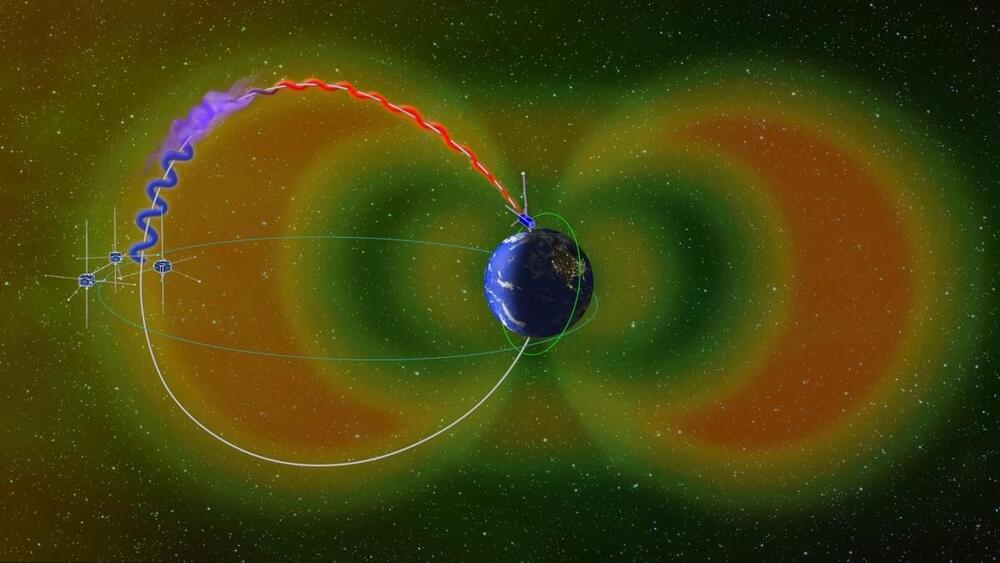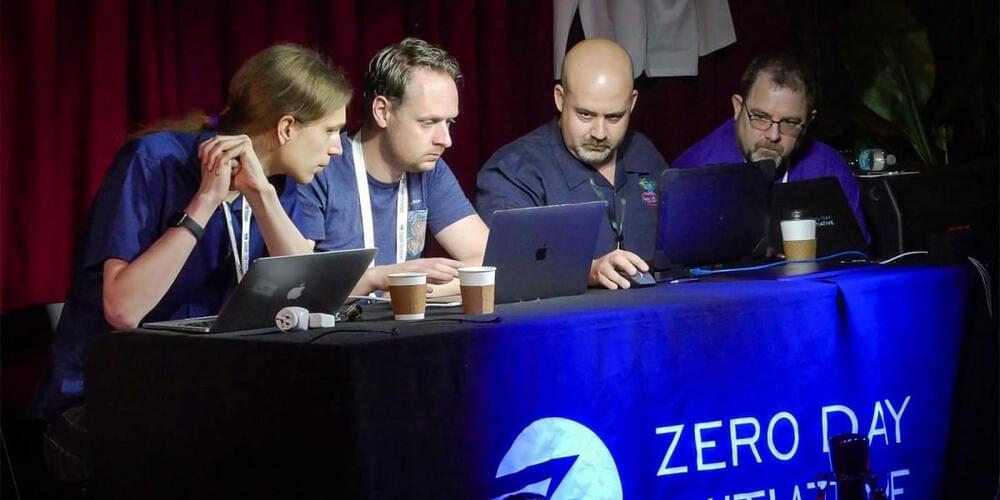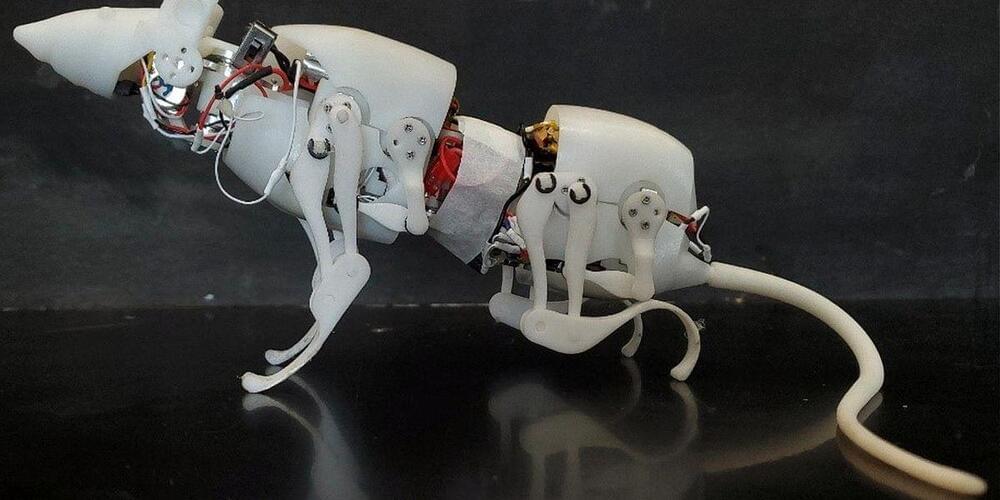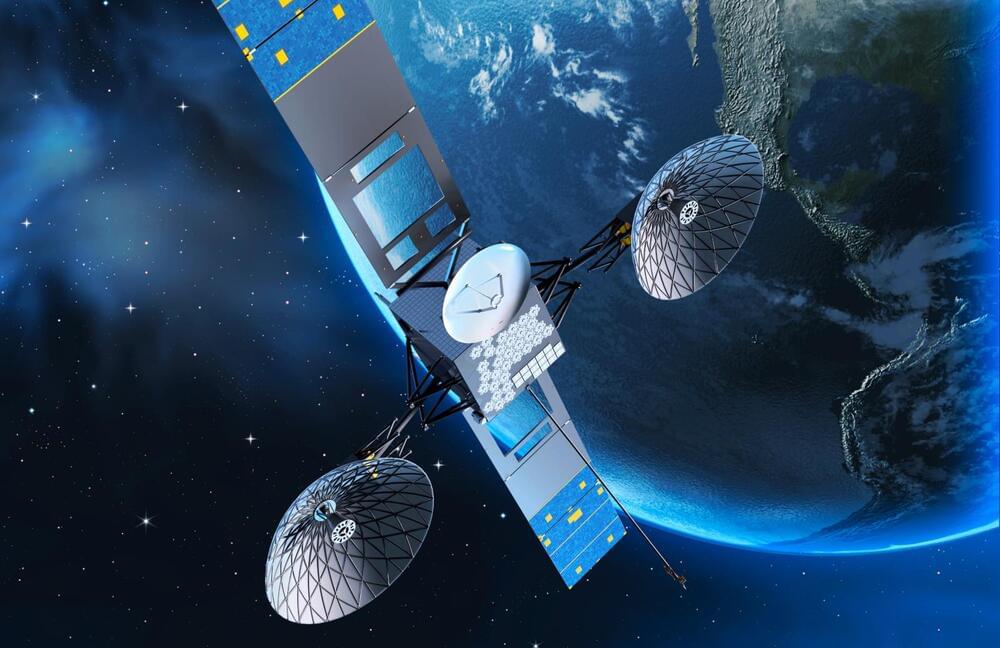Instead of luxury private jets, some could opt in the future for a new generation of eVTOL (electric vertical take-off and landing) jets. One of them, the Lilium eVTOL jet, is closer to certification.



CARMAT, the developer of the world’s most advanced completely artificial heart has successfully raised €40.5 million in funding. The raise is set to finance the production of their Aeson artificial heart, which the company hopes will provide an alternative treatment option for people with heart failure – a condition affecting around 6.2 million adults in the US alone [1].
Longevity. Technology: Beating around 100,000 times per day, your heart works around the clock to keep your circulatory system ticking. The steady sound of your heartbeat is a comforting constant throughout your life. Forming the centre of the circulatory system, the heart continuously pumps blood around the body to deliver oxygen and nutrients to cells. Due to this constant work, our hearts can unfortunately wear out as we age, with cardiovascular diseases continuing to be the leading causes of death globally [2].
End-stage heart failure is a serious condition that occurs when the heart can no longer transport blood throughout the body effectively. It most often affects the left chamber of the heart, which pumps oxygen-rich blood around the body, leading to biventricular heart failure. Vital organs like the brain, liver and kidney fail to get enough oxygen and nutrients to function properly. With few treatment options, end-stage heart failure sometimes requires serious intervention like heart transplantation – considered the gold standard therapy. However, due to the global shortage in organ donors, this is not always possible and there is a gap for a therapeutic alternative that could have huge implications for longevity globally.

Ron FriedmanThink outside the box. Most people don’t need a car for the sake of having a car.
Most people need a comfortable, quick and cheap way of going from A to B. So, Robotaxi could be the ideal solution for most people most of the time.… See more.
Jerry AndersonProbably not, because new batteries that contain other elements, I think they are saying Sulfur-Lithium batteries are more efficient last longer, and don’t require recharging as often… There are bound to be other breakthroughs.
4 Replies.
View 3 more answers.
Shubham Ghosh Roy shared a link.
Controlled activation of water molecules is the key to efficient water splitting. Hydrated singly charged manganese ions Mn+(H2O)n exhibit a size-dependent insertion reaction, which is probed by infrared multiple photon dissociation spectroscopy (IRMPD) and FT-ICR mass spectrometry. The noninserted isomer of Mn+(H2O)4 is formed directly in the laser vaporization ion source, while its inserted counterpart HMnOH+(H2O)3 is selectively prepared by gentle removal of water molecules from larger clusters. The IRMPD spectra in the O–H stretch region of both systems are markedly different, and correlate very well with quantum chemical calculations of the respective species at the CCSD(T)/aug-cc-pVDZ//BHandHLYP/aug-cc-pVDZ level of theory. The calculated potential energy surface for water loss from HMnOH+(H2O)3 shows that this cluster ion is metastable. During IRMPD, the system rearranges back to the noninserted Mn+(H2O)3 structure, indicating that the inserted structure requires stabilization by hydration. The studied system serves as an atomically defined single-atom redox-center for reversible metal insertion into the O–H bond, a key step in metal-centered water activation.

Josh SeehermanI don’t think he’s wrong.
Art ToegemannIt’s adjusting to users sharing a password.
Shubham Ghosh Roy shared a link.
At the interface between chemistry and physics, the process of crystallization is omnipresent in nature and industry. It is the basis for the formation of snowflakes but also of certain active ingredients used in pharmacology. For the phenomenon to occur for a given substance, it must first go through a stage called nucleation, during which the molecules organize themselves and create the optimal conditions for the formation of crystals. While it has been difficult to observe pre-nucleation dynamics, this key process has now been revealed by the work of a research team from the University of Geneva (UNIGE). The scientists have succeeded in visualizing this process spectroscopically in real time and on a micrometric scale, paving the way to the design of safer and more stable active substances. These results can be found in the Proceedings of the National Academy of Sciences (PNAS).
Crystallization is a chemical and physical process used in many fields, from the pharmaceutical industry to food processing. It is used to isolate a gaseous or liquid substance in the form of crystals. However, this phenomenon is not unique to industry; it is ubiquitous in nature and can be seen, for example, in snowflakes, coral or kidney stones.
For crystals to form from substances, they must first go through a crucial stage called nucleation. It is during this first phase that the molecules begin to arrange themselves to form “nuclei,” stable clusters of molecules, which leads to the development and growth of crystals. This process occurs stochastically, meaning it is not predictable when and where a nucleus form. “Until now, scientists have been struggling to visualize this first stage at the molecular level. The microscopic picture of crystal nucleation has been under intense debate. Recent studies suggest that molecules seem to form some disordered organization before the formation of nuclei. Then how does the crystalline order emerge from them? That is a big question,” explains Takuji Adachi, assistant professor in the Department of Physical Chemistry at the UNIGE Faculty of Science.



Alan DeRossettPutin propaganda is dividing opinions on Elon Musk for helping Ukraine and standing up to the Fossil fuel industry.
Walter LynsdaleI’m all for people making billions through technical advancement (teslas, space X rockets, the dojo chip are all pretty cool), but he comes out with a fair amount of double speak:
“people aren’t having enough babies” vs “we can make a humanoid robot”… See more.
2 Replies.
View 8 more comments.
Shubham Ghosh Roy shared a link.
❤️ Check out Lambda here and sign up for their GPU Cloud: https://lambdalabs.com/papers.
📝 The paper “Hierarchical Text-Conditional Image Generation with CLIP Latents” is available here:
https://openai.com/dall-e-2/
https://www.instagram.com/openaidalle/
❤️ Watch these videos in early access on our Patreon page or join us here on YouTube:
- https://www.patreon.com/TwoMinutePapers.
- https://www.youtube.com/channel/UCbfYPyITQ-7l4upoX8nvctg/join.
🙏 We would like to thank our generous Patreon supporters who make Two Minute Papers possible:
Aleksandr Mashrabov, Alex Balfanz, Alex Haro, Andrew Melnychuk, Angelos Evripiotis, Benji Rabhan, Bryan Learn, B Shang, Christian Ahlin, Eric Martel, Gordon Child, Ivo Galic, Jace O’Brien, Javier Bustamante, John Le, Jonas, Jonathan, Kenneth Davis, Klaus Busse, Lorin Atzberger, Lukas Biewald, Matthew Allen Fisher, Michael Albrecht, Michael Tedder, Nikhil Velpanur, Owen Campbell-Moore, Owen Skarpness, Paul F, Rajarshi Nigam, Ramsey Elbasheer, Steef, Taras Bobrovytsky, Ted Johnson, Thomas Krcmar, Timothy Sum Hon Mun, Torsten Reil, Tybie Fitzhugh, Ueli Gallizzi.
If you wish to appear here or pick up other perks, click here: https://www.patreon.com/TwoMinutePapers.
Thumbnail background design: Felícia Zsolnai-Fehér — http://felicia.hu.
Chapters.

NASA has picked SpaceX, Amazon and four other American companies to develop the next generation of near-Earth space communication services meant to support its future missions. The agency started looking for partners under the Communication Services Project (CSP) in mid-2021, explaining that the use of commercially provided SATCOM will reduce costs and allow it to focus its efforts on deep space exploration and science missions.
“Adopting commercial SATCOM capabilities will empower missions to leverage private sector investment that far exceeds what government can do,” NASA wrote in the official project page. By using technology developed by commercial companies, the agency will have continued access to any innovation they incorporate into the system. At the moment, NASA relies on its Tracking and Data Relay Satellite (TDRS) system for near-Earth space communications. Many of its satellites were launched in the 80’s and 90’s, though, and it’s set to be decommissioned in the coming years.
The funded agreements under NASA’s Communication Services Project has a combined value of $278.5 million, with SpaceX getting the highest cut. NASA expects the companies to match and exceed its contribution during the five-year development period. SpaceX, which proposed a “commercial optical low-Earth orbiting relay network for high-rate SATCOM services,” has been awarded $69.95 million. Amazon’s Project Kuiper is getting the second-highest cut and has been awarded $67 million, while Viasat Incorporated has been awarded $53.3 million. The other three awardees are Telesat US Services ($30.65 million), SES Government Solutions ($28.96 million) and Inmarsat Government Inc. ($28.6 million).